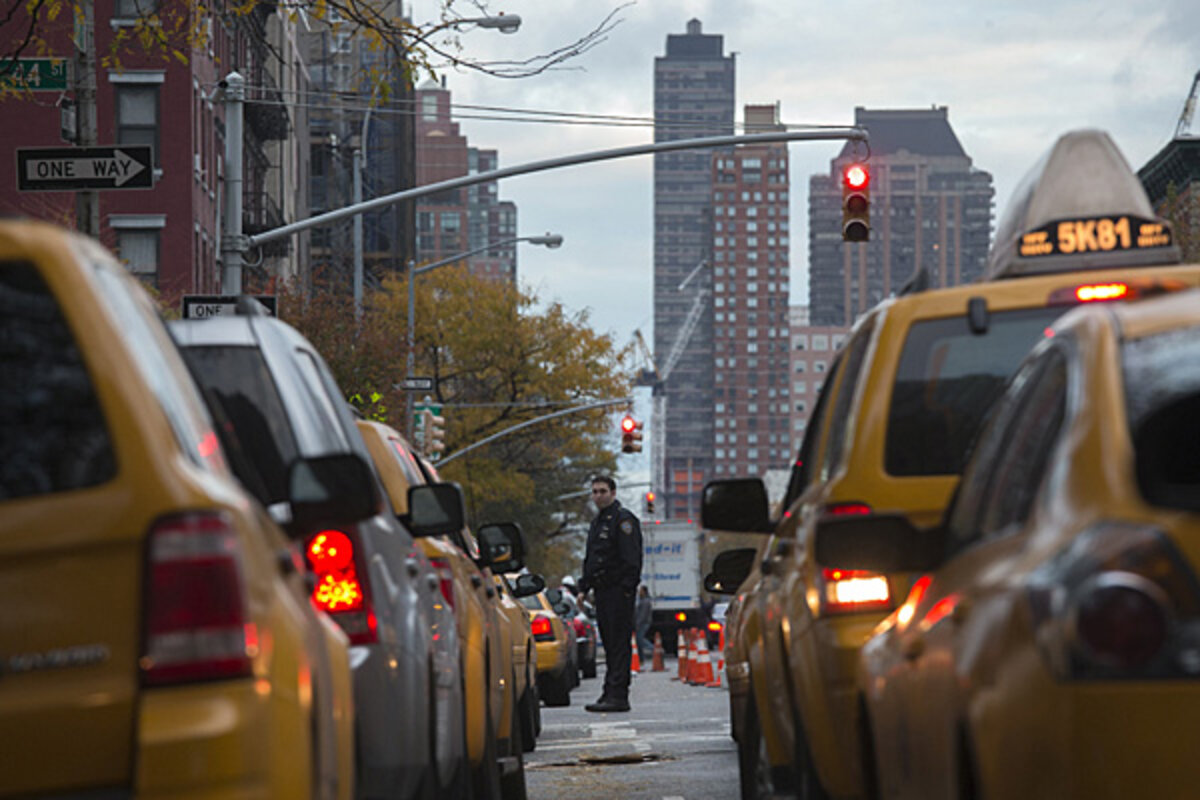Electric and hybrid taxis gaining in popularity
Loading...
For decades, the stalwart of the taxi ranks has been the full-size sedan.
Sturdy, simple and cheap to buy, cars like Ford's Crown Victoria have become part of the landscape in cities like New York. But with rising and concerns over emissions, things are really changing.
While not yet a dominant force in taxi fleets, and electric vehicles are increasingly popular as a way of cleaning up city fleets.
Initial concerns over the reliability of hybrids have long passed thanks to , and electric vehicles are proving their worth in the environment to which they're most suited--inner cities.
Already comparatively , as a method of transportation that foregoes car ownership, we've seen several electric fleets spring up over the last few years.
Arlington County, Virginia, is . The fleet of 40 will be more high-tech than most, with rear-mounted iPads allowing passengers to browse the internet and search for local attractions.
reports that drivers would recharge at home, but additional charging stations would also be installed in the county as a whole.
Big cities getting greener
In New York, hybrids continue to dominate.
During the recent Hurricane Sandy disaster, taxi drivers were , as long lines for gas stations crippled city road transport.
The high-mileage hybrids were able to operate back-to-back shifts while drivers in 12 mpg Crown Vics waited hours for fuel.
NYC is also considering electric taxis, "Taxi of Tomorrow" models. Nissan has already in the city.
Chicago too has a 'Green Taxi Plan'. So far this has put mostly compressed natural gas vehicles on the roads, but hybrids and electric cars are part of the plan, too.
40 percent of the city's fleet is already "green", made up of hybrid and natural gas vehicles, and the city is aiming for a 75-80 percent green fleet (Sustainable Chicago ).
And while there were concerns that the aforementioned Taxi of Tomorrow. --6,000 vehicles from the city's 13,000 yellow cabs--it isn't hard to see hybrids remaining an important force, and electrics joining them as the technology improves.




